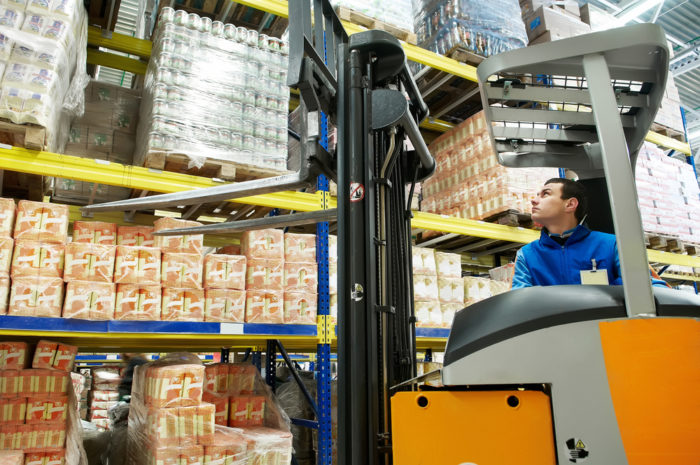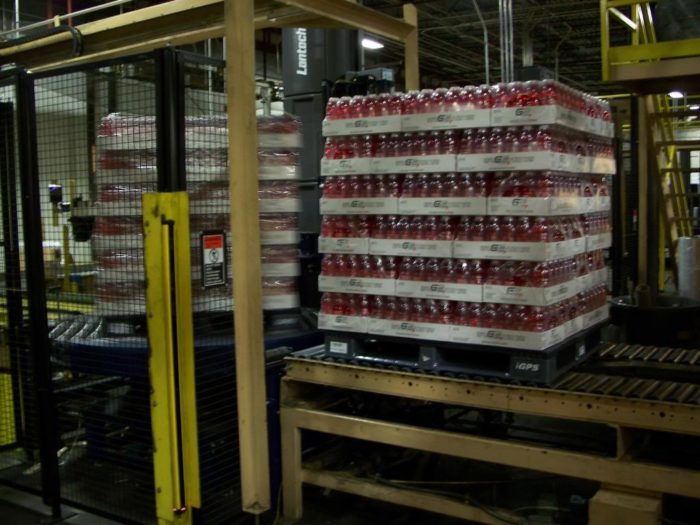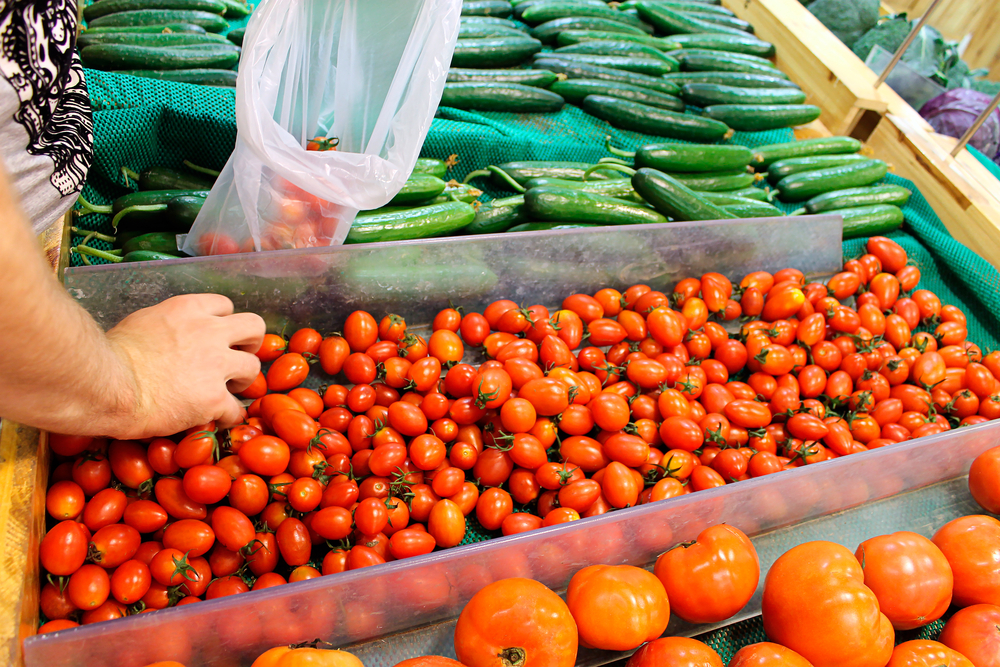No food supply chain will ever be perfect. There’s always a chance that a load of contaminated food products will make its way through to the consumer. However, having a traceable supply chain makes it much easier to find contaminated products and dispose of them properly. Food supply chain transparency is also crucial in order to fight the growing problem of food waste, which accounts for about $1 trillion in direct losses annually across the world. Finally, supply chain transparency is appealing to consumers, who are concerned about where their food comes from and how it is handled—so much so, that they are willing to pay anywhere from two to ten percent more for foods from companies that offer supply chain transparency. Updates to technology, like RFID tags, makes it much easier for managers to monitor shipments and build transparency into their supply chains.
Tracking Challenges in the Perishable Supply Chain
 Today’s perishable food supply chain is much more complicated than in the past. A growing population, an increased focus on healthy, fresh foods, and demand for selection diversity are all accompanying factors. This creates tracking challenges for several reasons:
Today’s perishable food supply chain is much more complicated than in the past. A growing population, an increased focus on healthy, fresh foods, and demand for selection diversity are all accompanying factors. This creates tracking challenges for several reasons:
- Multi-modal transport: Today’s loads may go through several different types of transportation to reach their final destination. Everything from airfreight to ships and from trucks to rail travel could be involved. As more modes of transport add complexity, tracking becomes more difficult and complex as well.
- Disparate tracking systems: Just as a single load may be transported using several different modes, it may also be handled by several different companies. 3PL, or third-party logistics companies, are one example. These companies often provide resources for perishable foods such as refrigerated truck transport and climate-controlled storage. As a result, they’re vital parts of the supply chain. Some of these 3PL companies use warehouse management systems (WMS) to help track shipments in conjunction with barcodes or radio frequency identification (RFID), while others might use simpler paper-based methods for tracking. With these disparate systems comes the potential for information silos and gaps in data.
- Outdated equipment: Legacy supply chain systems—such as a WMS designed strictly for a single company or warehouse—often cannot integrate with more modern technology. This is a significant problem because it prevents companies from updating gradually. Companies that can’t bring together data from multiple sources may find tracking the movements of pallets at an individual level nearly impossible.
- Diverse loads: Transporting loads that contain multiple types of products with different temperature and handling needs can be a challenge, as some may respond negatively to temperature changes while others will maintain their integrity. Pallet-level management and tracking are important for loads like these.
- Poor bookkeeping: Human error will always be a part of problems in the supply chain. Individuals who must scan or log hundreds or thousands of pallets in a week will inevitably miss some now and then. This issue can only be improved by making pallet tracking as automated as possible.
Technology has come a long way as the supply chain has grown. There are now ways to get around many of these issues and to improve supply chain visibility, even across the most complex routes.
Track and Trace to Improve Food Supply Chain Transparency
 Track and trace is an aspect of supply chain logistics that centers on identifying the movement of inventory items. This is typically done at a pallet level, as it would be far too complex to scan and log every single product by serial number throughout the entire supply chain. Many tools have been introduced to support track and trace efforts. The two most helpful methods work together.
Track and trace is an aspect of supply chain logistics that centers on identifying the movement of inventory items. This is typically done at a pallet level, as it would be far too complex to scan and log every single product by serial number throughout the entire supply chain. Many tools have been introduced to support track and trace efforts. The two most helpful methods work together.
Radio Frequency Identification (RFID) |
Warehouse Management Systems (WMS) |
| RFID is a method of storing information in a tag that can be attached to an object. In the supply chain, RFID tags are most useful when used to track loads at the pallet level. An RFID-enabled pallet receives a unique identification code that can be captured instantly with a scanner. Since RFID does not require line-of-sight scanning to work, there’s no need to move or turn pallets to allow the capture of information. Scanners can be handheld or mounted in specific areas to scan pallet tags automatically as they enter or leave a facility. | A WMS is the data repository for the information collected from RFID tags—though it can work with less sophisticated barcode systems as well. Using warehouse management software, a logistics manager can track when pallets arrive and when they leave and create a snapshot of where items are stored and the rate at which products enter and leave a facility. A WMS also allows managers to store historical data of shipments in the event of a recall or other issue. |
Typically, RFID tags aren’t found on traditional wood pallets because of how easily these pallets lose boards or have chunks of wood break off. As a single lost tag can disrupt tracking, it’s vital to protect RFID tags from damage during handling. RFID tags lend themselves well to being embedded into sturdy plastic pallets, where they are unlikely to be damaged. High-quality plastic pallets may also have redundant barcodes to allow for tracking using multiple systems if RFID scanners aren’t available.
Durable, hygienic plastic pallets are an excellent choice for grocery chains, while their embedded RFID tags support automated procedures.
RFID-enabled plastic pallets, used in conjunction with a WMS, are the best tools for improving food supply chain transparency. Durable, hygienic plastic pallets are an excellent choice for grocery chains, while their embedded RFID tags support automated procedures. With traceable plastic pallets, managers can provide the transparency consumers demand and the safety that food manufacturers need to serve the public.
iGPS plastic pallets use four-way readable RFID tags to help you enhance food supply chain transparency. For further details on the benefits of our pallets when it comes to tracking and tracing shipments, call 1-800-884-0225, email a specialist at switch@igps.net, or visit our contact page.



